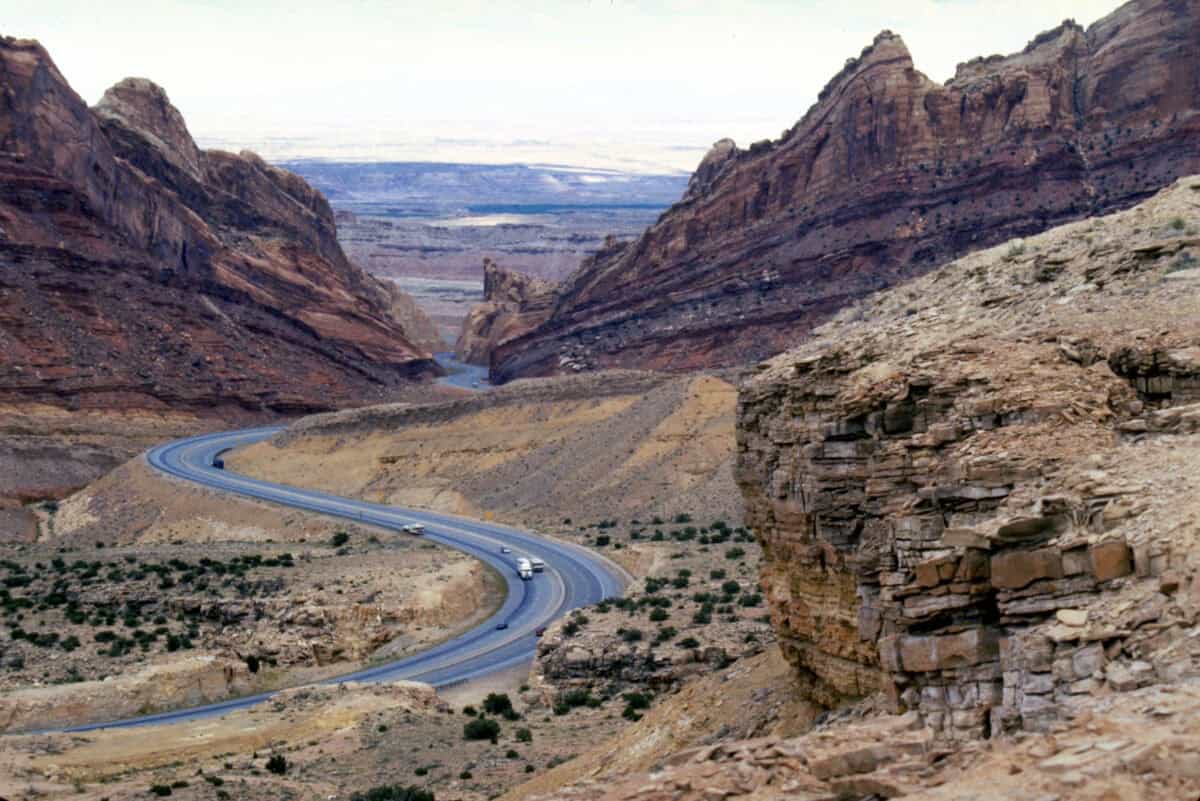Throughout history, rivers have been the lifeblood of human civilizations. As these ancient waterways shift course or dry up completely, they sometimes reveal extraordinary treasures that have been hidden beneath their waters for centuries or even millennia. In recent years, archaeologists working in dried-up riverbeds around the world have made remarkable discoveries that have transformed our understanding of ancient cultures, technology, and human history.
These findings, preserved in the oxygen-poor environments of riverbed sediments, offer unique windows into our past that other archaeological sites cannot provide. From prehistoric tools to lost cities, ancient shipwrecks to sacrificial offerings, the treasures unearthed from dried-up riverbeds continue to captivate both scientists and the public alike.
The Ancient Chinese Bronze Age Artifacts of the Minjiang River

In 2021, a severe drought in China’s Sichuan province caused water levels in the Minjiang River to drop dramatically, revealing a treasure trove of ancient Bronze Age artifacts. Archaeologists discovered over 13,000 items dating back to the Sanxingdui and Jinsha cultures (approximately 3,000 to 5,000 years ago). The collection included elaborately decorated bronze vessels, jade ornaments, and gold masks with distinctive artistic styles unlike anything previously found in China.
One particularly significant find was a bronze statue depicting a figure with an unusual headdress, suggesting possible cultural connections with other ancient civilizations. These artifacts are helping archaeologists piece together the complex trade networks and cultural exchanges that occurred in ancient East Asia, revealing that these early Chinese civilizations were far more sophisticated and connected than previously believed.
Mesopotamian Trading Vessels in the Tigris River

The ongoing drought in the Middle East has exposed sections of the ancient Tigris River, revealing several well-preserved trading vessels dating back to the Early Bronze Age (approximately 2500 BCE). These boats, constructed primarily of cedar wood imported from Lebanon, contained cargo holds still filled with trade goods including copper ingots, lapis lazuli beads, and pottery containing residues of olive oil and wine.
The discovery provided invaluable insights into the extensive trade networks that connected Mesopotamian cities with distant regions. Most remarkably, archaeologists uncovered clay tablets with cuneiform inscriptions detailing transaction records, inventories, and even complaints about the quality of goods received—essentially the world’s oldest known business correspondence. The vessels’ construction techniques also revealed sophisticated shipbuilding knowledge that had not been previously documented for this period.
The Neolithic Settlement of Çatalhöyük in Turkey
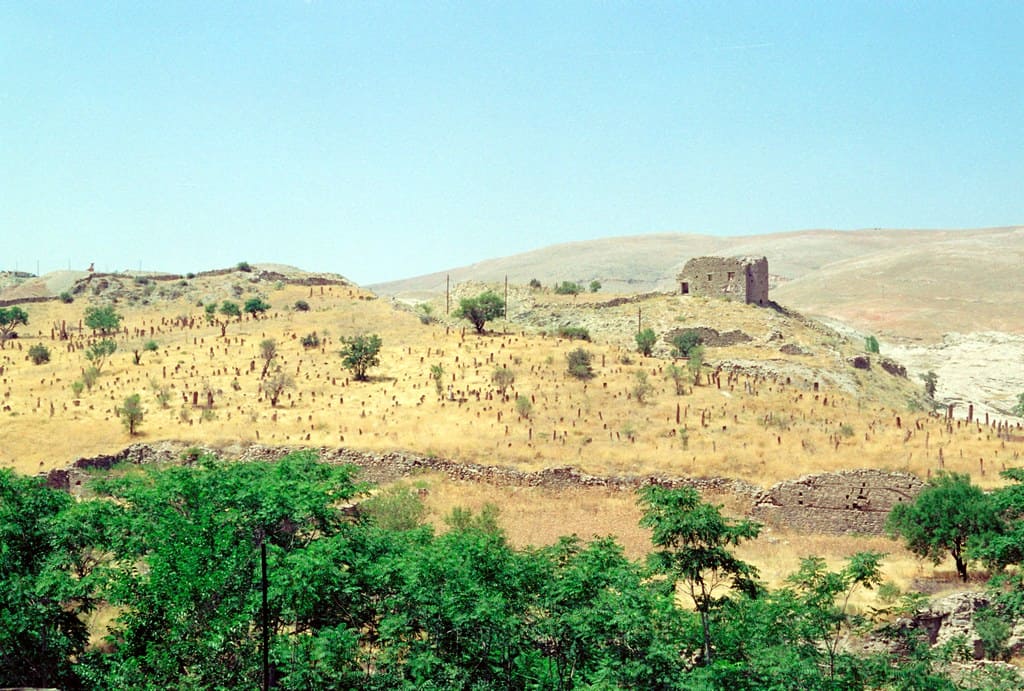
In 2019, the receding waters of the seasonal Çarşamba River in Turkey revealed portions of Çatalhöyük, one of the world’s oldest known urban settlements, dating back to approximately 7500 BCE. While parts of this UNESCO World Heritage site had been previously excavated, the dried riverbed exposed new sections that had remained untouched. Archaeologists discovered remarkably preserved buildings with intact wall paintings depicting hunting scenes and geometric patterns created with natural pigments.
They also found evidence of sophisticated agricultural practices, including irrigation channels and grain storage facilities. Perhaps most significantly, they uncovered a series of female figurines that have provided new insights into the religious practices and social structures of this early farming community. The discovery challenged previous theories about the development of early urban settlements, suggesting that Neolithic communities were capable of far more complex social organization than previously thought.
The Sacrificial Offerings of the Aztec Empire
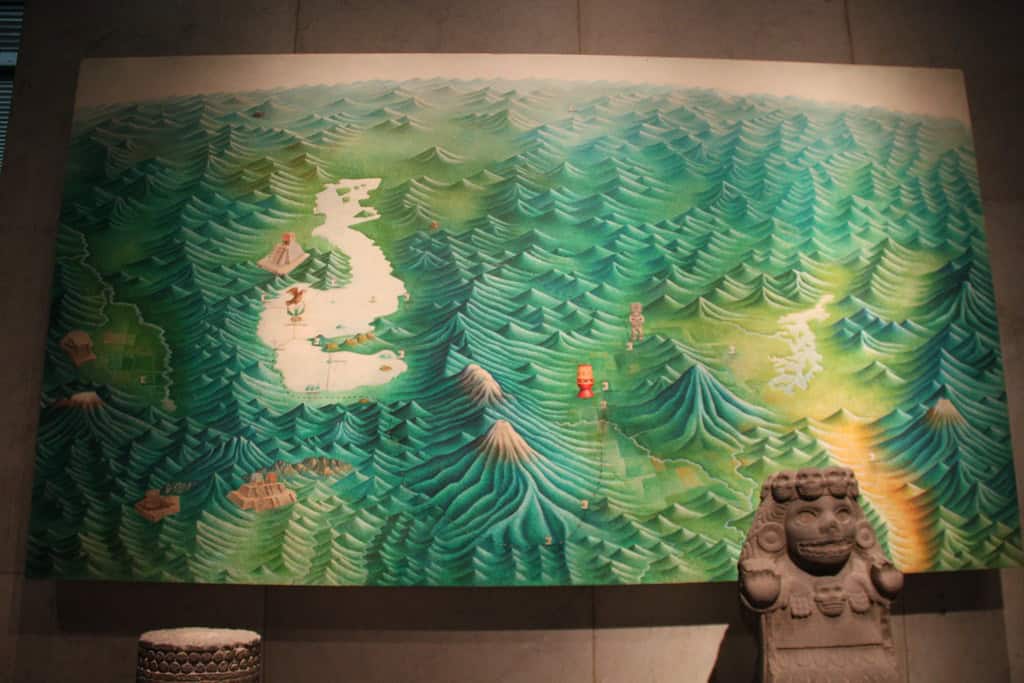
The drought-induced receding of Lake Texcoco in Mexico has revealed numerous Aztec sacrificial offerings that were once submerged beneath its waters. Archaeologists discovered elaborately constructed stone boxes containing carefully arranged offerings to various deities. These included jade figurines, obsidian blades, golden ornaments, and the remains of sacrificed animals including jaguars, wolves, and eagles. Most notably, they found evidence of human sacrifices, including the remains of children who were offered to Tlaloc, the rain god, during periods of drought.
The positioning of these offerings suggests they were placed during ceremonial processions that went out onto the lake, with priests ritually depositing these precious items to appease the gods. These discoveries have provided unprecedented insights into Aztec religious practices and cosmology, revealing the complex relationship between environmental conditions and religious responses in pre-Columbian Mesoamerica.
Ancient Roman Port Structures on the Tiber River
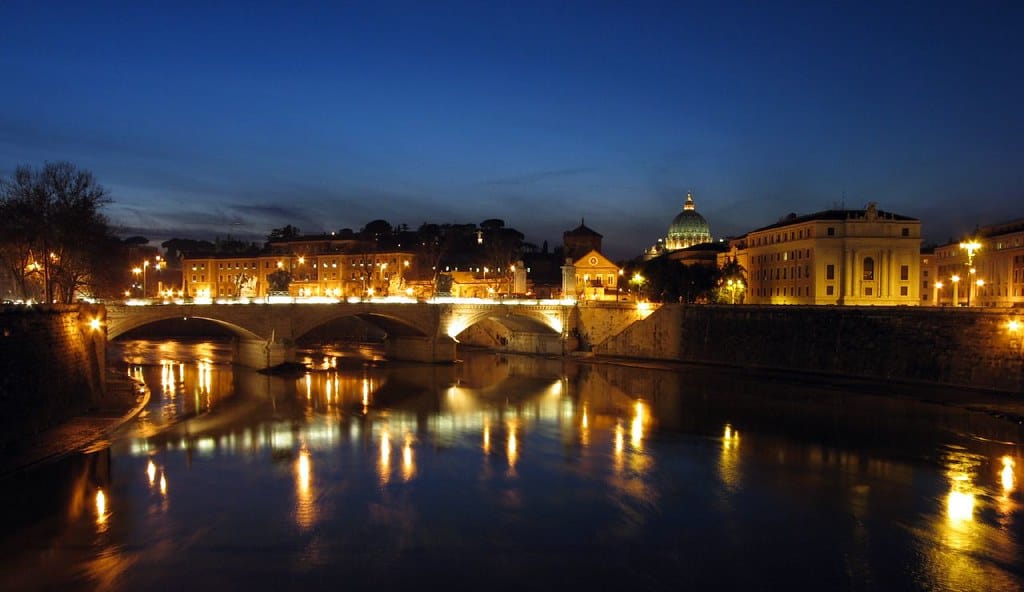
Extreme drought conditions in Italy in 2022 caused water levels in the Tiber River to drop significantly, revealing ancient Roman port structures that had been submerged for centuries. Archaeologists uncovered remarkably preserved wooden piers, mooring posts, and loading platforms dating to the 1st and 2nd centuries CE. These structures were part of Rome’s elaborate river transport system that connected the city to its Mediterranean empire.
Inscriptions found on stone markers provided information about shipping regulations, taxes, and the names of wealthy merchants who financed the port’s construction. Of particular interest was the discovery of several intact amphorae—ceramic vessels used to transport wine, olive oil, and garum (fermented fish sauce)—bearing stamps that identified their contents and places of origin. These finds have allowed archaeologists to map the extensive trade networks that supplied the imperial capital and better understand the logistics that supported the Roman economy.
The Submerged Buddhist Temple of Wat Nong Bua Yai in Thailand

In 2019, a severe drought in central Thailand caused water levels in a reservoir to drop dramatically, revealing the remarkably preserved remains of Wat Nong Bua Yai, a 400-year-old Buddhist temple that had been submerged when the dam was constructed in the 1980s. Archaeologists discovered intact Buddha statues, ornately carved columns, and wall murals depicting scenes from Buddhist scriptures that had been protected from deterioration by the oxygen-poor underwater environment.
The temple’s foundation contained a sealed chamber with sacred relics, including what is believed to be a fragment of Buddha’s bone encased in gold. Local residents, many of whom remembered the temple before it was flooded, gathered to leave offerings at the site, creating a poignant intersection of archaeological discovery and living cultural traditions. The temporary reappearance of this sacred site provided a unique opportunity for archaeologists to document the architectural and artistic styles characteristic of the Ayutthaya period of Thai history.
Prehistoric Animal Remains in the Colorado River Basin

The ongoing megadrought in the American Southwest has exposed sections of the Colorado River basin that have been underwater for decades, revealing a remarkable collection of prehistoric animal remains. Paleontologists have recovered fossilized bones of mammoths, giant ground sloths, and American mastodons dating to the Late Pleistocene epoch (approximately 11,000 to 13,000 years ago).
Of particular significance was the discovery of a nearly complete mammoth skeleton with distinctive cut marks that indicate human hunting activity, providing evidence for early human presence in North America. The findings also included remains of extinct species of horses and camels that once roamed the region, challenging popular conceptions about North American wildlife before European colonization. These discoveries have helped scientists reconstruct the prehistoric ecosystem of the region and better understand the climate changes that led to the mass extinction of these megafauna species.
Viking Burial Ships in Norwegian Fjords

Unusually low water levels in several Norwegian fjords have revealed previously unknown Viking burial ships dating to the 8th and 9th centuries CE. Unlike the famous Oseberg and Gokstad ships displayed in Oslo’s Viking Ship Museum, these newly discovered vessels were deliberately sunk in shallow waters rather than buried in mounds. Archaeologists found the remarkably preserved wooden hulls still containing grave goods including weapons, jewelry, and household items that accompanied the deceased into the afterlife.
One ship contained the remains of a high-status woman buried with weaving tools, imported glass beads, and a set of scales for weighing silver—suggesting she may have been a merchant. Another contained a man buried with his horse, hunting dogs, and falconry equipment, indicating his elite status. These discoveries have provided new insights into Viking burial practices and revealed that water burials were more common than previously thought, particularly for individuals connected to maritime activities.
Medieval Bridges and Toll Stations on the Loire River
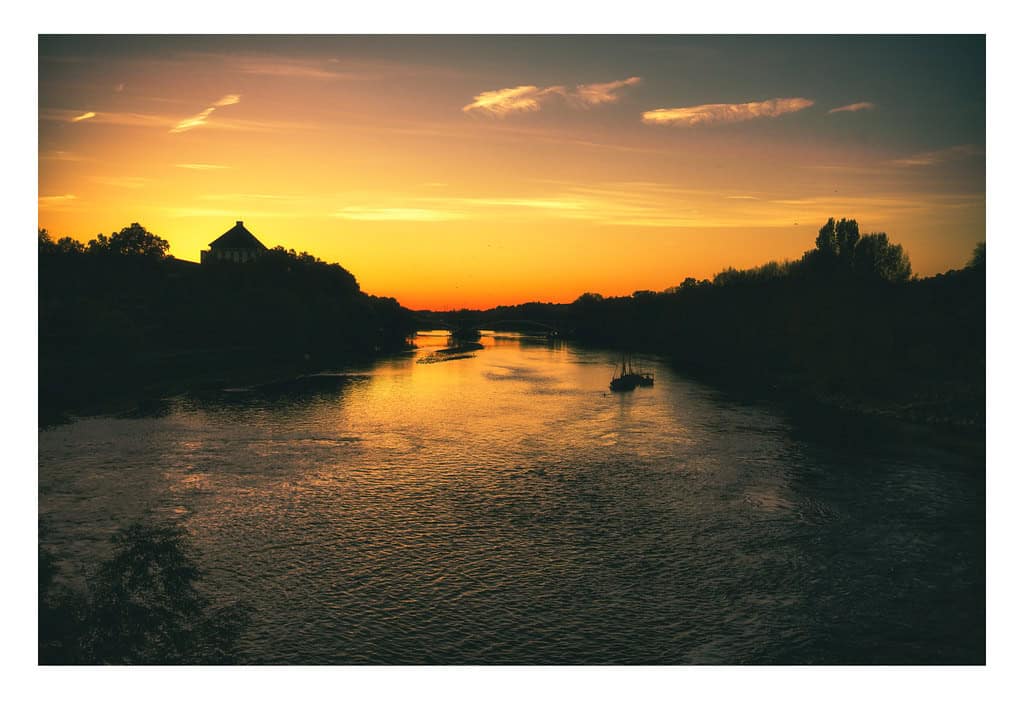
The severe European drought of 2022 caused water levels in France’s Loire River to drop to historic lows, revealing the remains of medieval bridges and toll stations dating from the 12th to 15th centuries. Archaeologists discovered stone bridge foundations with defensive towers that once controlled passage along this important trade route. The revealed structures included toll houses where taxes were collected from merchants, with preserved wooden boxes containing coins from various European kingdoms, providing evidence of the extensive trade networks that connected medieval European economies.
Particularly noteworthy was the discovery of a bridge chapel where travelers could pray for safe passage, containing votive offerings and pilgrimage badges left by medieval travelers. These findings have allowed historians to map medieval transportation networks with unprecedented precision and gain insights into the economic systems that supported the growth of European towns and cities during this period.
Native American Fish Weirs in the Connecticut River
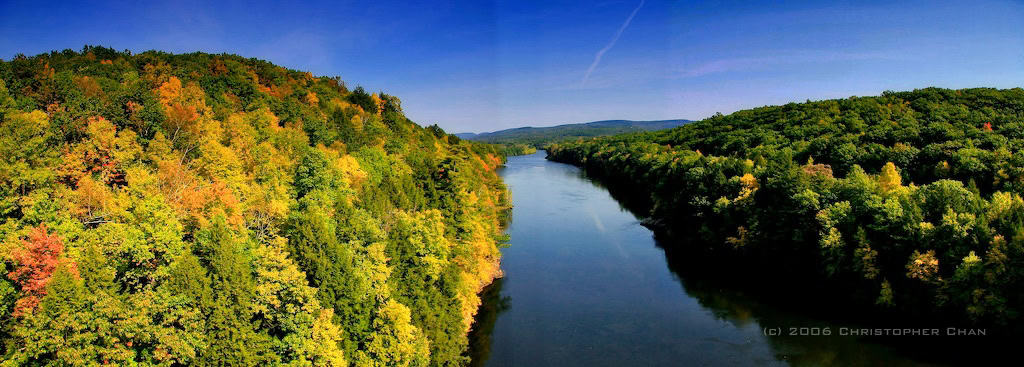
Drought conditions in the northeastern United States exposed sections of the Connecticut River bed, revealing an extensive system of stone fish weirs constructed by Native American communities between 500 and 1,500 years ago. These V-shaped stone structures were ingeniously designed to channel fish into narrow openings where they could be easily captured using nets or traps.
Archaeologists found wooden stakes and fragments of fiber nets preserved in the riverbed mud, allowing them to reconstruct the fishing technologies used by pre-colonial Algonquian-speaking peoples. The placement and design of these weirs demonstrated sophisticated understanding of river ecology and fish migration patterns.
Ethnographic interviews with members of contemporary Native American communities provided additional insights into the cultural significance of these fishing practices and the communal labor required to construct and maintain these structures. The discoveries have highlighted the complex relationship between Native American communities and their environment, challenging colonial narratives that portrayed these societies as simple hunter-gatherers.
The Lost City of Tenochca on Mexico’s Lake Texcoco
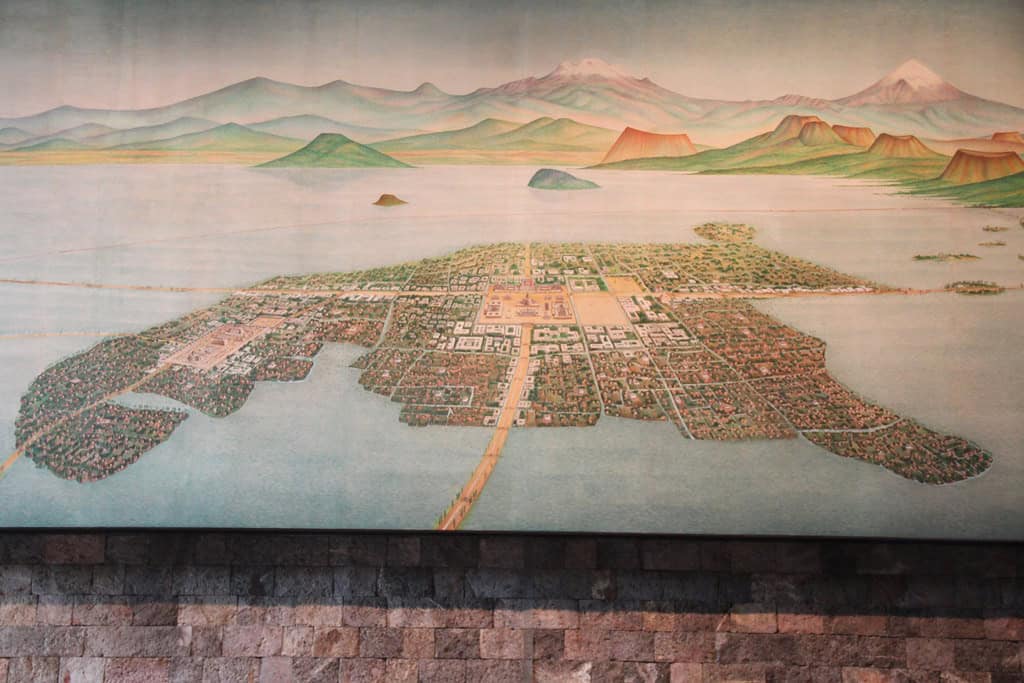
The ongoing drought in central Mexico has revealed substantial portions of Tenochca, a previously undocumented Aztec settlement on what was once the shoreline of Lake Texcoco. Unlike the better-known Tenochtitlan, Tenochca appears to have been primarily an agricultural and trading center, with extensive chinampas (floating gardens) and canal systems for transporting goods.
Archaeologists discovered numerous residential structures, workshops producing obsidian tools and ceramic vessels, and a small ceremonial center dedicated to Chalchiuhtlicue, the goddess of water. The site has yielded a wealth of everyday objects including cooking implements, children’s toys, and textile-making tools that provide unprecedented insights into the daily lives of ordinary Aztec citizens.
Most surprisingly, researchers found evidence that the settlement continued to be occupied for several decades after the Spanish conquest, with buildings showing a blend of indigenous and European architectural elements and household contexts containing both traditional Aztec ceramics and imported Spanish goods, suggesting a more complex process of cultural negotiation during the early colonial period than previously understood.
The Bronze Age Weapons Cache in the Danube River
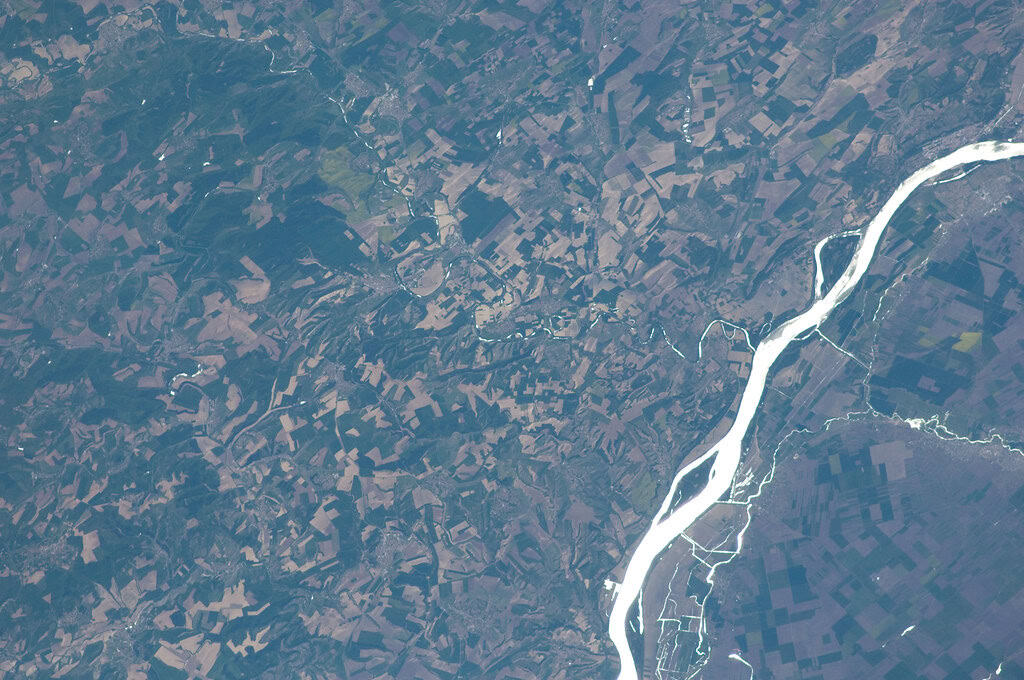
In 2018, historically low water levels in the Danube River near Budapest, Hungary revealed an extraordinary cache of Bronze Age weapons dating to approximately 1200 BCE. Archaeologists recovered over 500 items including swords, spears, axes, and daggers, many in pristine condition with their wooden or bone handles still intact. The weapons showed no signs of use in battle, suggesting they were ceremonial objects or votive offerings rather than practical weapons.
Metallurgical analysis revealed that while some were produced locally, others originated from regions as distant as modern-day Ukraine, Romania, and northern Italy, indicating extensive trade networks or perhaps military alliances. The discovery of casting molds and metal ingots alongside the finished weapons suggests the site may have been connected to a nearby metalworking center. This exceptional find has provided valuable insights into Bronze Age metallurgical technologies, military equipment, and religious practices in the Carpathian Basin region during a period of significant cultural change and population movement in prehistoric Europe.
The Revolutionary Impact of Riverbed Archaeology on Our Understanding of Human History

The discoveries made in dried-up riverbeds around the world have fundamentally transformed our understanding of human history, revealing aspects of ancient civilizations that might otherwise have remained hidden forever. These findings have challenged many established archaeological theories, demonstrating that ancient societies were more technologically advanced, culturally sophisticated, and interconnected than previously believed.
The unique preservation conditions found in riverbed sediments have allowed archaeologists to recover organic materials—including textiles, wooden artifacts, and botanical remains—that rarely survive at conventional archaeological sites, providing unprecedented insights into everyday life in the past.
Beyond their scientific significance, these discoveries have captured public imagination and fostered greater appreciation for cultural heritage preservation, particularly as climate change continues to alter water levels globally, potentially exposing—or destroying—more archaeological treasures. As drought conditions become more frequent and severe worldwide, archaeologists face the dual challenge of racing to document newly revealed sites while advocating for conservation measures to protect these irreplaceable windows into our shared human heritage.
- 7 Steps to Planting Admirably Beautiful Bluebonnets - August 18, 2025
- Why Some Wolves Are Now Fishing in Alaska - August 17, 2025
- 11 Animals That Look Straight Out of a Star Wars Movie - August 14, 2025

